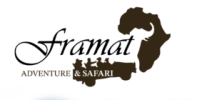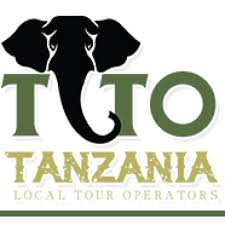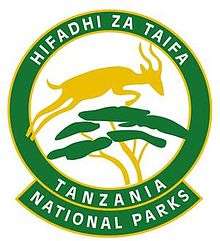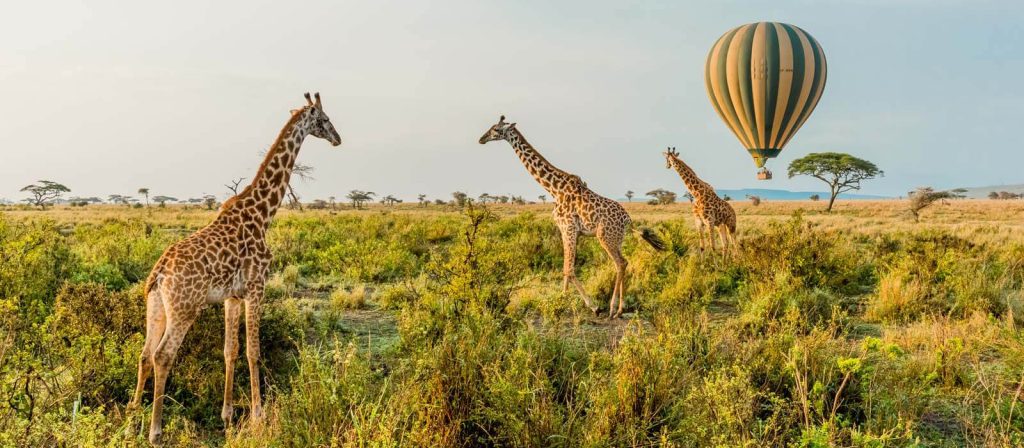Kilimanjaro Climbing Costs: What You Need to Know
When considering the Kilimanjaro climbing costs, understanding the expenses involved is crucial for a successful and safe journey. While reaching the summit isn’t guaranteed by spending more, higher-quality expeditions generally ensure better safety, experienced guides, and necessary emergency equipment.
Climbing on a budget of under $1500 is not advised, as it may compromise safety standards and affect staff treatment. For a safer experience, budget climbs between $2000-$2500 offer numerous options, with improved food, equipment, and staff conditions.
Mid-range options, ranging from $2500 to $3500, give excellent value with enhanced safety and service quality. If your budget isn’t at least $2000, consider delaying your climb to ensure a safer and more enjoyable adventure.
It’s important to weigh Kilimanjaro climbing costs against safety and comfort, ensuring you choose an option that best aligns with your needs. By investing in a mid-range or higher-quality expedition, you can ensure a safer experience and better chance of success in reaching the summit.
Understanding Kilimanjaro climbing costs will help you make an informed decision for your journey.
Overview of Kilimanjaro Climb Costs
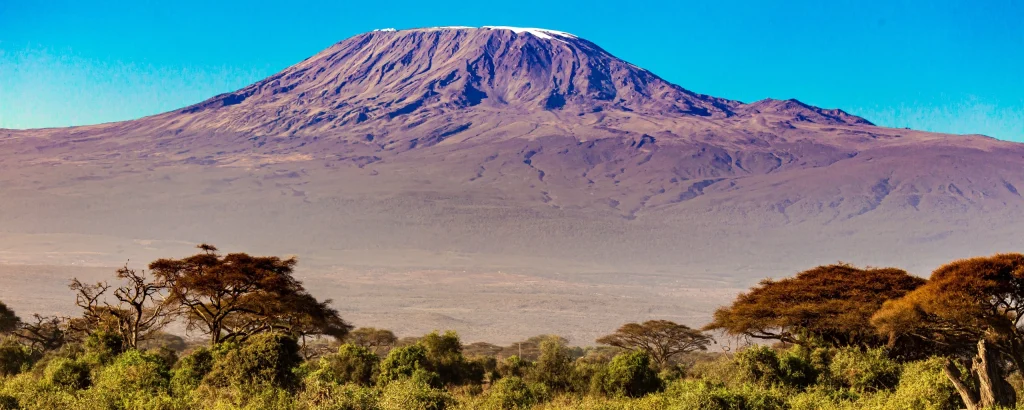
Climbing Kilimanjaro is an adventure that comes with various costs. The major expenses include permits, which are necessary for park access, and hiring guides and porters, as their expertise is crucial for a safe ascent. Gear is another significant cost, whether purchased or rented. Typically, the cost for a Kilimanjaro climb ranges from $1,500 to $4,000, depending on several factors.
Route choice greatly affects the cost. Some routes are more expensive due to their length and difficulty, while others might be cheaper but less scenic. Group size also influences the price, with larger groups often benefiting from discounts.
Different trekking companies offer varying price points, so it’s important to compare them. Some may offer lower prices but compromise on safety or experience. The season also impacts costs; climbing during peak season often costs more than during the off-peak months.
In addition to major expenses, there are extra costs like travel insurance, vaccinations, and visa fees that climbers need to consider. Hidden costs, such as tipping guides and porters or renting gear, can add up quickly. International climbers should also be aware of currency exchange rates and preferred payment methods.
Booking a package before arriving in Tanzania is typically more expensive than arranging on arrival, but it offers added convenience and peace of mind. Some companies provide value-added services, such as airport transfers or luxury accommodation, which can increase the overall cost but enhance the experience.
| Expense Type | Description | Cost Range |
|---|---|---|
| Permits | Mandatory fees for entry and climbing activities. | $800 – $1,000 |
| Guides and Porters | Fees for mandatory climbing personnel. | $1,000 – $1,500 |
| Gear Rental | Cost for renting necessary equipment. | $200 – $300 |
| Travel Insurance | Suggested insurance coverage. | $100 – $150 |
| Vaccinations | Preventive medical vaccinations. | $50 – $100 |
| Visa Fees | Entry visa costs. | $50 – $100 |
| Tips | Gratuity for crew services. | $150 – $250 |
Budget Considerations
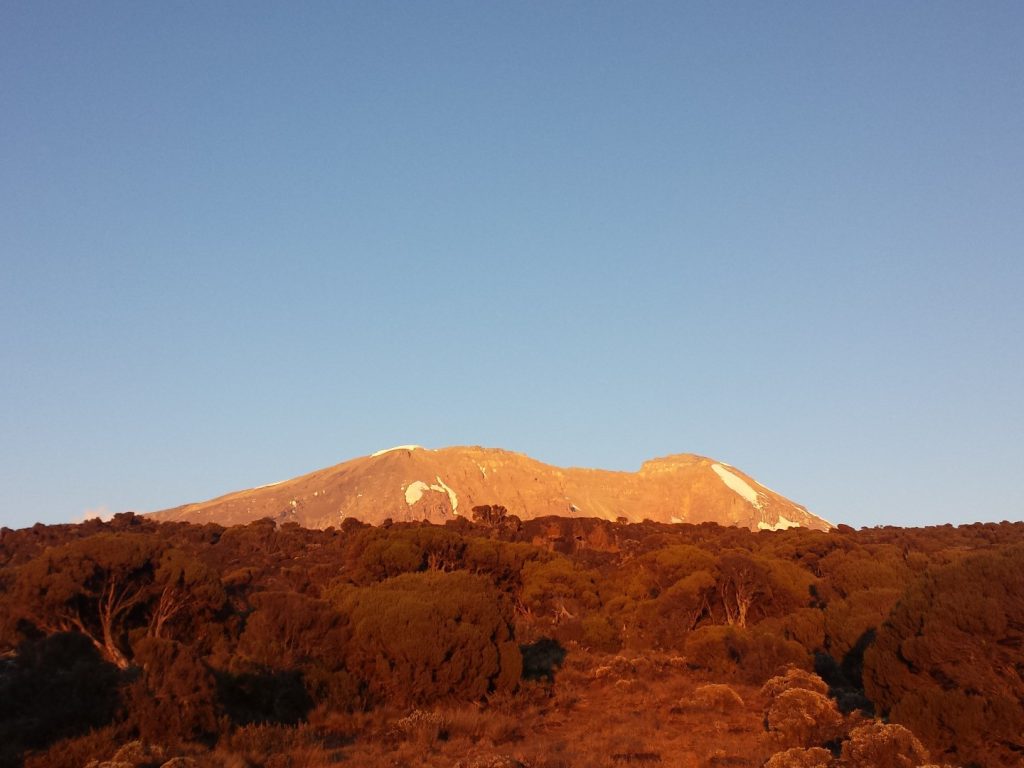
Setting a realistic budget for climbing Kilimanjaro is crucial to avoid unexpected financial stress. Prioritize spending on essential items such as quality gear, proper clothing, and reliable guides. These elements are vital for a safe and successful climb.
Consider saving on flights and accommodation by booking in advance or during off-peak seasons. This can help you allocate more funds towards your climbing expenses.
It’s wise to set aside money for unforeseen expenses, like medical needs or emergency transport. Having this cushion can ease any stress during your climb.
When choosing a tour operator, evaluate budget, mid-range, and luxury options based on your financial plan. Larger groups can often reduce per-person costs, so consider teaming up with fellow climbers.
Cost-saving tips include renting gear instead of purchasing new items and opting for less expensive brands. This way, you can save money without compromising too much on quality.
Acclimatization and rest days should also be factored into your budget, as they might extend your trip. These extra days are essential for reducing the risk of altitude sickness.
Weigh the cost versus safety when opting for budget operators. Choosing the lowest-priced option could compromise your safety, so it’s important to balance affordability with quality.
Lastly, be mindful of currency exchange rates, as fluctuations can impact your overall budget. Keeping track of exchange rates ensures you stick to your financial plan.
- Importance of setting a realistic budget for the climb.
- How to prioritize spending on essential items.
- Strategies to save on flights and accommodation.
- Budgeting for unforeseen expenses during the climb.
- Choosing between budget, mid-range, and luxury operators.
- Impact of group size on per-person costs.
- Cost-saving tips for gear and clothing.
- Budgeting for acclimatization days and rest days.
- Evaluating the cost vs. safety aspects of budget operators.
- How to manage currency exchange rates for budgeting.
Cheapest Climbing Options
When it comes to climbing Kilimanjaro on a budget, there are several operators that offer cost-effective packages. These budget operators typically provide the basics required for a successful climb, such as guides, porters, and meals. However, the level of service may be more basic compared to premium options.
One of the primary advantages of choosing a budget climb is the lower price, making it accessible for those who might not afford the higher-end packages. On the flip side, it might mean fewer amenities, such as older equipment or larger group sizes, which can impact the overall experience.
Budget operators often favor popular routes like the Marangu or Machame routes, as these are well-trodden and have established infrastructure. While this can be beneficial for accessibility, it might result in busier trails, especially during peak seasons.
To get the best deal, look out for discounts and special offers. Booking during the off-peak season or in a group can sometimes yield better rates. However, it’s crucial to balance cost with safety; ensure that even budget operators have experienced guides and adhere to safety standards.
Be aware of potential hidden costs, such as tipping for guides and porters, which is customary and can add up. Also, consider local regulations that might affect cheaper options, as these can sometimes lead to unforeseen expenses.
Past climbers on budget options often share mixed reviews; some appreciate the savings, while others miss the added comfort of pricier packages. Ultimately, understanding the trade-offs between price and experience will help in making the best choice for your adventure.
Budget Climbing Options
Choosing a budget climbing option for Kilimanjaro often means selecting a package that includes essential services such as guides, porters, meals, and basic accommodation. Budget operators typically offer a middle ground between the cheapest options and more luxurious experiences.
While the cheapest options might cut corners on safety and comfort, budget operators aim to provide a safe climb at a reasonable cost. It’s crucial to review the credentials and reviews of operators to ensure they meet safety standards and offer a satisfactory experience.
Popular budget routes like the Machame or Rongai routes offer a good balance of challenge and accessibility. However, climbers should be prepared for varying difficulty levels along the way.
When it comes to gear, renting can be a cost-effective choice if you’re on a budget. But for those who plan future climbs, purchasing gear might be a better investment.
Budget operators may offer less variety in food and simpler accommodations, but they still provide the essentials needed for a successful climb. Negotiating prices with operators can sometimes lead to discounts, especially if you travel in a group or during the off-season.
Additionally, understanding the role of porters and guides is essential, as they are key to ensuring a safe and enjoyable climb. Their expertise contributes greatly to your overall experience.
Finally, consider the environmental impact of your climb. Cheaper options might not always adhere to eco-friendly practices, so choose an operator that balances cost with environmental responsibility.
Mid-Range Climbing Options
Mid-range climbing options for Kilimanjaro offer a balanced mix of affordability and comfort, making them a popular choice among trekkers. These packages typically include better amenities compared to budget options, such as improved camping gear, more experienced guides, and additional support staff. This often translates to enhanced safety and a higher success rate in reaching the summit. Mid-range climbs usually follow popular routes like Machame, Lemosho, or Rongai, with durations ranging from 6 to 8 days, providing a good acclimatization period crucial for a successful ascent.
One key advantage of choosing a mid-range option is the level of comfort provided. Trekkers can expect cozy tents, thicker sleeping mats, and often, a portable toilet. Meal plans are more varied and nutritious, catering to dietary needs with fresh ingredients to ensure climbers are well-fueled for the trek. Mid-range operators also offer better customer service and satisfaction, with feedback often highlighting the attentive staff and well-organized logistics.
The pricing structure of mid-range packages reflects these additional services, with costs generally ranging from $2,500 to $4,500. This price point often includes park fees, meals, accommodation before and after the climb, and sometimes, airport transfers. To find the best value-for-money mid-range operators, climbers should compare reviews, inclusions, and success rates. Websites and forums dedicated to climbing Kilimanjaro can offer firsthand insights and recommendations from fellow trekkers, helping climbers make informed decisions.
Final Recommendations
When planning your climb, consider the balance between cost, personal preferences, and safety. Opting for a slightly more expensive package that prioritizes safety and comfort can enhance your experience. Thoroughly research and read reviews of different operators to ensure reliability. Booking early can also help you secure better deals and avoid last-minute stress. Hiring local guides not only supports the community but also enriches your journey with cultural insights.
Prepare yourself physically and mentally for the climb through regular exercise and acclimatization strategies. Ensure you have the essential gear and clothing, such as layered clothing, sturdy boots, and a reliable backpack. After the climb, allocate time for relaxation and recovery to fully enjoy your achievement. This might include a visit to a local spa or a short safari. By following these tips, you can make the most of your Kilimanjaro adventure.
Frequently Asked Questions
1. How many days do you need to climb Kilimanjaro?
Most people take about 5 to 9 days to climb Mount Kilimanjaro, depending on the route and how well they want to adjust to the height.
2. What equipment is necessary for climbing Kilimanjaro?
You’ll need warm clothes, good hiking boots, sun protection, a sleeping bag, and a good backpack. Also, take trekking poles and a waterproof jacket.
3. Is it necessary to hire a guide to climb Kilimanjaro?
Yes, the Tanzanian government requires you to be accompanied by a registered guide to climb Kilimanjaro. It’s for safety and helps the local economy.
4. What fitness level is needed for climbing Kilimanjaro?
You need to be in good physical shape, but you don’t need to be an athlete. Regular exercise, some hiking practice, and good stamina are important.
5. What are the risks of climbing Kilimanjaro?
Altitude sickness is the biggest risk when climbing Mount Kilimanjaro, along with possible cold and weather challenges. It’s important to climb slowly and listen to your body to avoid serious complications. Understanding Kilimanjaro climbing costs is crucial to ensuring a successful and safe journey.
When planning your Kilimanjaro climbing costs, it’s important to consider various factors, such as permits, guides, gear, and the route you choose. Prices can fluctuate depending on these factors, including group size and seasonality. Budgeting for travel insurance, vaccinations, and visas is also key when calculating Kilimanjaro climbing costs.
One essential aspect is tips for guides and porters, which should not be overlooked as part of your Kilimanjaro climbing costs. Currency exchange and payment methods should also be factored in to ensure a smooth experience when booking your climb.
Pre-booked packages may offer better value for your money compared to on-arrival bookings. As you research Kilimanjaro climbing costs, you’ll find different options for various budgets. Budget operators provide affordable climbs, but these may come with reduced services and potential safety trade-offs.
For those seeking more comfort, mid-range packages offer added amenities and safety but at a higher Kilimanjaro climbing cost. Researching operators, routes, and customer reviews will help you balance Kilimanjaro climbing costs with safety and quality of service.
Packing essential gear, planning for acclimatization days, and understanding the impact of local regulations and environmental concerns are crucial steps in your climb. The Kilimanjaro climbing cost is an investment in an unforgettable experience, so it’s important to plan accordingly. At the end of the day, making an informed decision about Kilimanjaro climbing costs will ensure your adventure is both safe and enjoyable.
This journey is one to remember, and with the right preparation, it will be the adventure of a lifetime with Framat Adventure!
